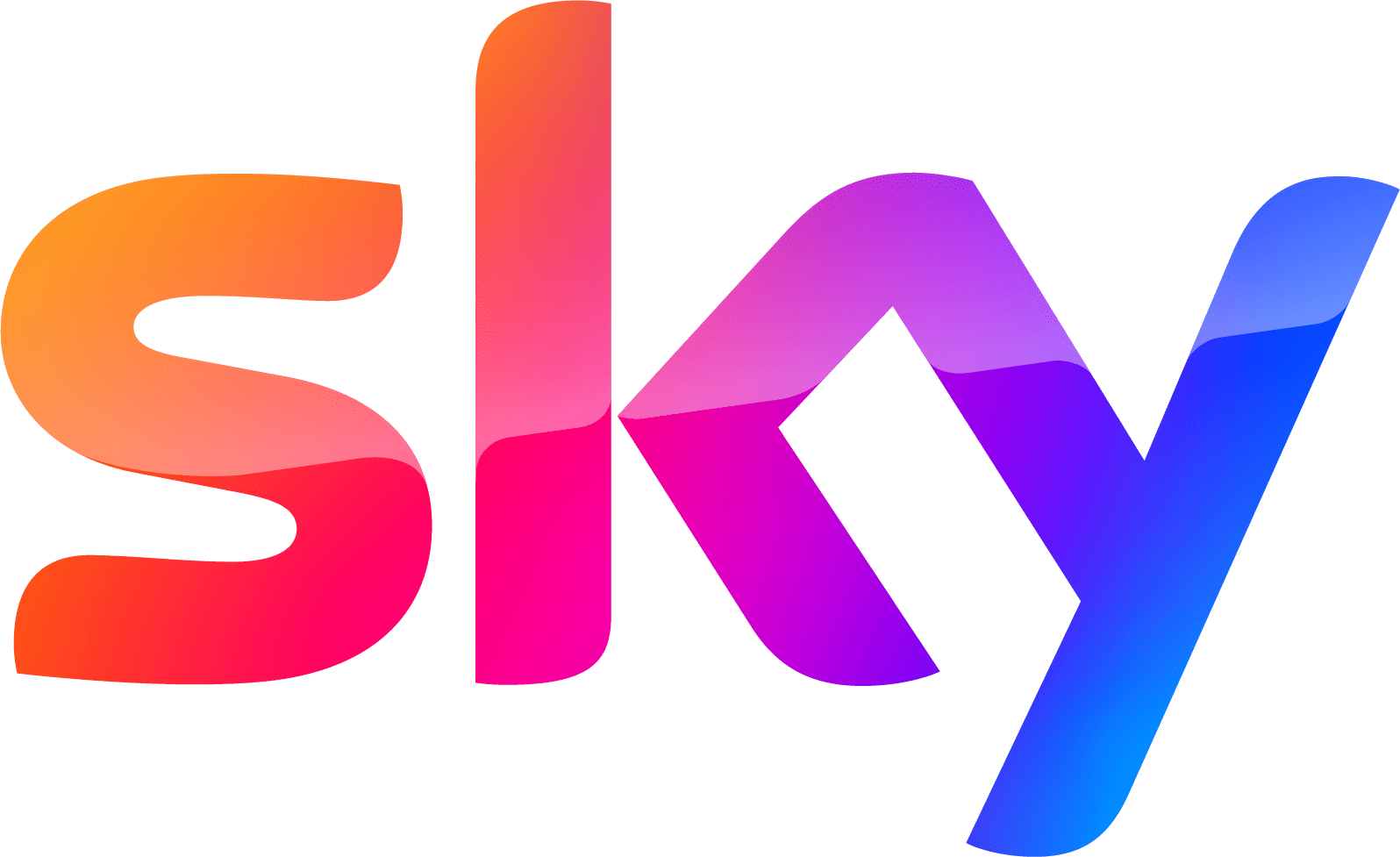In the dynamic and competitive landscape of modern business, efficient business spend management is a critical factor in determining a company’s success and growth trajectory. As enterprises expand in scale and complexity, the task of keeping track of expenses and optimizing spending becomes increasingly intricate. In response to this challenge, the concept of Business Spend Management (BSM) emerges as a strategic approach to control, monitor, and optimize expenditures effectively.
What Is Business Spend Management (BSM)?

At its core, Business Spend Management (BSM) encompasses a comprehensive range of strategies, processes, and technologies employed by businesses to effectively manage their expenditures. This includes meticulous tracking of spending, ensuring fiscal responsibility, and adherence to compliance regulations. BSM extends its reach from procurement and purchasing to expense tracking and budget management, with the ultimate aim of bolstering a company’s financial health and strategic decision-making.
Revolut, renowned for its forward-thinking financial solutions, has introduced cutting-edge tools and methodologies that empower businesses to streamline their business spend management practices. Through leveraging advanced technology and data-driven insights, Revolut equips companies with the capability to gain precise control over their spending, make well-informed decisions, and attain enhanced financial outcomes.
What are the six keys to controlling company spending?
Effective spend management hinges on a strategic blend of strategies that collectively exercise control over a company’s spending. Revolut underscores six pivotal strategies that facilitate this control:
1. Centralized Spend Visibility:
In the intricate landscape of business operations, having a bird’s-eye view of expenditures is paramount. Centralized spend visibility entails consolidating financial data from various departments and teams into a single accessible platform. This unified perspective empowers decision-makers to understand where financial resources are being allocated across the organization. With clear insights into spending activities, management can identify trends, outliers, and potential areas for cost reduction.
2. Real-time Expense Tracking:
Traditional expense tracking methods often involve manual processes that lag behind actual spending events. Embracing real-time expense tracking tools enables businesses to capture expenditure data as it happens. This immediacy offers a significant advantage, as it allows for swift detection of overspending or deviations from the budget. Real-time tracking enhances accountability by enabling managers to address issues promptly and prevent them from snowballing into larger financial challenges.
3. Data-Driven Insights:
The abundance of data in today’s business environment presents a valuable opportunity for informed decision-making. By harnessing data analytics and reporting tools, businesses can extract meaningful insights from their spending patterns. These insights shed light on trends, correlations, and anomalies that might have otherwise gone unnoticed. Armed with data-driven insights, decision-makers can make well-informed choices about resource allocation, identify cost-saving opportunities, and align spending strategies with organizational goals.
4. Policy Enforcement:
To maintain fiscal discipline, it’s crucial to establish and enforce spending policies. These policies lay out the guidelines and parameters for allowable expenditures within the organization. By implementing approval workflows and spending limits, companies can ensure that spending is aligned with strategic objectives and budget constraints. Enforcing spending policies minimizes the risk of unauthorized or non-compliant spending, enhancing financial control and accountability.
5. Vendor Management:
Vendors and suppliers play a significant role in a company’s spending ecosystem. Effective vendor management involves building and nurturing relationships that contribute to cost savings and favorable terms. Collaborative vendor negotiations can lead to reduced procurement costs and improved vendor performance. By strategically managing vendor relationships, companies can optimize spending in the procurement process and mitigate the risks associated with overspending or misalignment.
6. Continuous Improvement:
The business landscape is dynamic, marked by evolving strategies, market shifts, and changing priorities. To stay ahead, companies must embrace a philosophy of continuous improvement in spending management. Regularly reviewing and refining spending strategies ensures they remain aligned with the organization’s evolving needs and goals. Through periodic assessments, companies can identify inefficiencies, adapt to changing conditions, and fine-tune their spending processes for maximum efficiency and effectiveness.
What are the 3 ideas involved in a spending plan?

Let’s delve deeper into the three core ideas that form the foundation of a well-structured spending plan:
1. Budget Allocation:
At the heart of an effective spending plan lies the strategic allocation of budgets. This process involves determining how much financial resources should be allocated to different departments, projects, or initiatives within the organization. Budget allocation requires a careful assessment of priorities, business goals, and expected outcomes. By aligning budget allocations with strategic objectives, companies can ensure that resources are distributed in a way that maximizes value and supports overall organizational growth.
2. Expense Categories:
Categorizing expenses is a fundamental aspect of creating a spending plan that provides clarity and insight. Expenses can be grouped into categories based on their nature and purpose. Common expense categories include operational expenses (such as utilities and salaries), marketing expenses, research and development expenses, and capital expenditures. Categorization enables a more granular understanding of where funds are being directed, making it easier to track spending trends and assess the impact of expenditures on different aspects of the business.
3. Flexible Adjustments:
Flexibility is a crucial component of a robust spending plan. Business environments are dynamic and subject to changes, including unexpected expenses or shifts in market conditions. A well-designed spending plan should allow for adjustments to be made without disrupting the overall financial strategy. This flexibility enables organizations to respond to unforeseen circumstances while maintaining fiscal discipline. By incorporating mechanisms to accommodate changes, companies can ensure that their spending plan remains adaptable and responsive to evolving business realities.
What are the 4 pillars of spending?
1. Control:
Control is a foundational pillar of spending management. Establishing control mechanisms involves implementing policies, procedures, and guidelines that govern spending activities within the organization. This pillar encompasses the following key aspects:
- Spending Policies: Clearly defined spending policies outline the rules and boundaries for expenditures. These policies ensure that spending aligns with strategic objectives, compliance regulations, and budget constraints.
- Approval Workflows: Structured approval workflows provide a systematic process for authorizing expenses. These workflows ensure that spending decisions are well-informed and aligned with organizational priorities.
- Spending Limits: Setting spending limits for different levels within the organization prevents unauthorized or excessive spending. Spending limits help maintain fiscal discipline and prevent overspending.
2. Visibility:
Visibility is crucial for effective spending management. This pillar revolves around creating transparency and insight into spending activities throughout the organization:
- Transparency in Processes: Providing transparency into spending processes ensures that stakeholders can track the progression of expenses from initiation to approval and reimbursement.
- Real-time Tracking: Real-time tracking of expenses enables immediate visibility into spending activities. This real-time insight allows for prompt intervention if any discrepancies or issues arise.
- Data Analytics: Leveraging data analytics tools provides actionable insights into spending patterns, trends, and anomalies. Analyzing spending data allows organizations to make informed decisions and identify areas for optimization.
3. Efficiency:
Efficiency is a central pillar that focuses on streamlining spending processes and minimizing wastage of resources:
- Automation: Implementing automation tools reduces manual effort in expense management, minimizing errors and saving time. Automated processes also facilitate consistent adherence to spending policies.
- Digitization: Transitioning from paper-based processes to digital solutions enhances efficiency. Digital expense management platforms allow for seamless data entry, retrieval, and analysis.
- Resource Allocation: Efficiently allocating resources based on strategic priorities ensures that funds are directed toward initiatives that deliver the most value to the organization.
4. Compliance:
Compliance is an essential pillar that safeguards organizations from regulatory and financial risks:
- Regulatory Adherence: Adhering to legal and regulatory requirements prevents non-compliance penalties and reputational damage. This includes adhering to tax laws, industry regulations, and accounting standards.
- Internal Policies: Following internal spending policies maintains consistency in decision-making and prevents deviations from established guidelines.
- Audit Preparedness: Maintaining proper documentation and records ensures that the organization is prepared for audits, both internal and external.
What are the 4 types of spending?
1. Operational Spending:
Operational spending refers to the day-to-day expenses necessary for the smooth functioning of a business. These expenditures are essential for maintaining ongoing operations and supporting core business activities. Common examples of operational spending include:
- Utilities: Payments for electricity, water, heating, and other utility services required to operate business facilities.
- Salaries and Wages: Compensation for employees who are integral to the daily operations of the company.
- Rent and Lease Payments: Payments for renting office spaces, warehouses, or other facilities necessary for business operations.
- Office Supplies: Expenses related to procuring office essentials like stationery, printing materials, and office equipment.
- Maintenance and Repairs: Costs associated with maintaining and repairing equipment, machinery, and facilities to ensure their functionality.
2. Capital Spending:
Capital spending involves investments in long-term assets that contribute to the growth and expansion of the business. These expenditures typically have a significant impact on the company’s capabilities and prospects. Examples of capital spending include:
- Equipment and Machinery: Purchases of machinery, tools, and equipment that enhance production capabilities or operational efficiency.
- Property and Real Estate: Investments in purchasing or constructing property, land, or buildings for business expansion or new facilities.
- Technology Infrastructure: Acquiring technology resources, such as servers, hardware, and software, that enable the organization’s growth and innovation.
- Research and Development: Funding allocated to research initiatives and product development, aimed at creating new offerings or improving existing ones.
3. Strategic Spending:
Strategic spending pertains to funds allocated to projects or initiatives aligned with the company’s long-term goals and vision. This type of spending focuses on innovation, growth, and enhancing the organization’s competitive edge. Examples of strategic spending include:
- Market Research and Expansion: Funds directed towards researching new markets, expanding into new regions, or introducing products to meet evolving customer needs.
- Product Development: Investments in research, design, and creation of new products or services to cater to changing market demands.
- Mergers and Acquisitions: Expenditures related to acquiring other businesses, forming strategic partnerships, or mergers to strengthen the company’s position in the market.
- Innovation and Technology: Allocation of resources to develop cutting-edge technologies, processes, or solutions that differentiate the business from competitors.
4. Discretionary Spending:
Discretionary spending covers non-essential or optional expenses that enhance employee satisfaction, company culture, or well-being. These expenditures often contribute to the overall work environment and employee engagement. Examples of discretionary spending include:
- Employee Training and Development: Investments in training programs, workshops, and courses that enhance employees’ skills and knowledge.
- Employee Benefits: Expenditures on benefits such as healthcare plans, retirement contributions, and wellness programs that support employees’ well-being.
- Corporate Events and Team-building: Costs associated with organizing team-building activities, corporate events, and social gatherings to foster camaraderie and collaboration among employees.
- Perks and Incentives: Spending on employee perks, incentives, and recognition programs that motivate and reward high-performing individuals.
Conclusion
In the ever-evolving realm of business, mastering spend management stands as a foundational pillar for financial health, growth, and enduring competitiveness. Revolut’s approach to Business Spend Management, underscored by the six keys to controlling company spending, the three core ideas of a spending plan, the four pillars of spending, and the four types of spending, offers a comprehensive framework for enterprises to navigate the intricacies of expenditures. By embracing these principles, businesses not only fortify their financial stability but also pave the way for sustainable success in an ever-changing economic landscape with Revolut’s spend management system. For more information, visit The Web Hunting.








